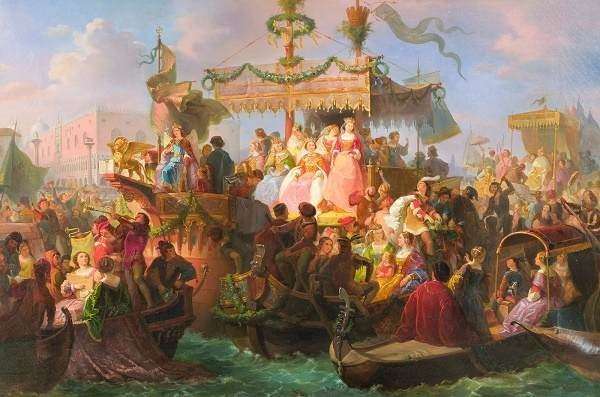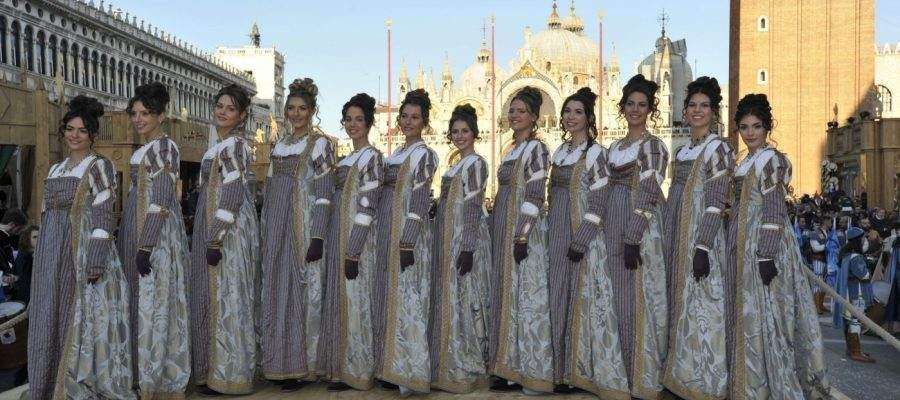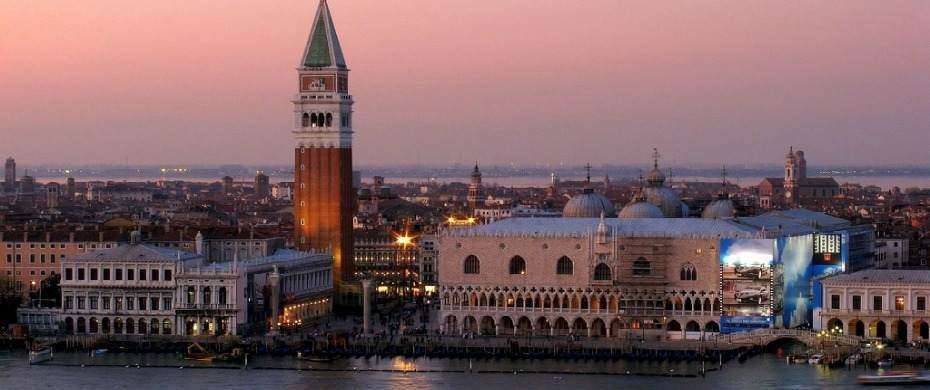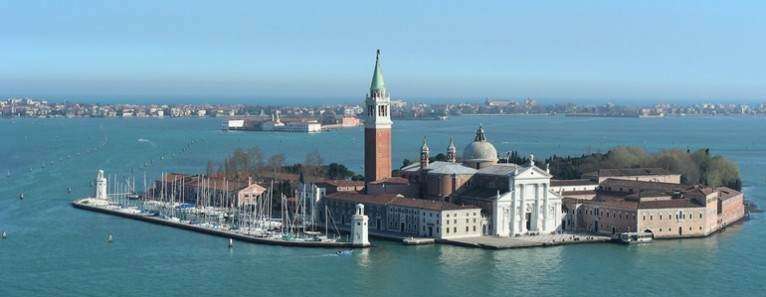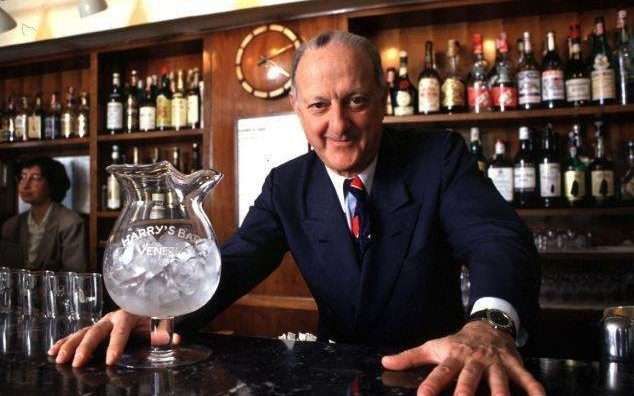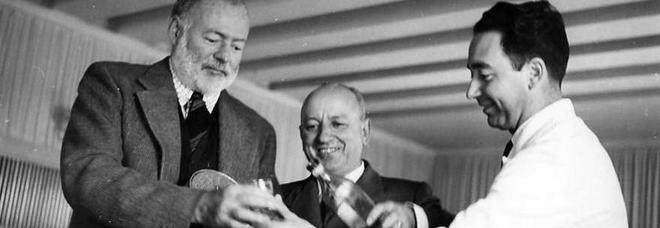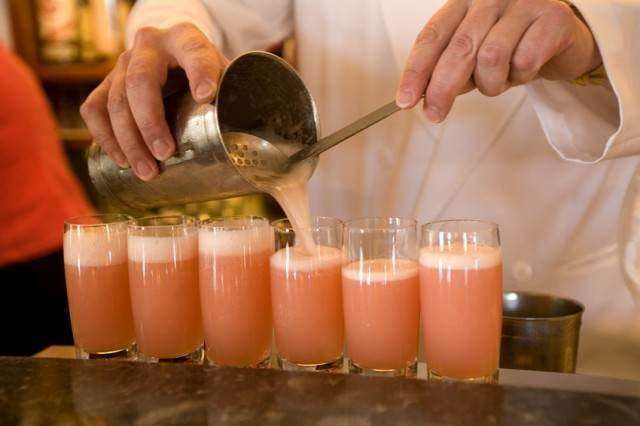The Venice Carnival – Festa Delle Marie was a tipical celebration in Venice that took place every year from 9th century during Venice carnival. It has been suspended in 1379 but it came back recently as historical reenactment. The traditional “Festa Delle Marie” recalls the homage of the Duke to twelve beautiful young and humble ladies, of jewelry for their wedding. The occasion, an unique moment to admire the venitian costumes, lasted more than one day. The celebration included the couples’s blessing and the raffle of the most beautiful twelve girls of the poorest families in town. Every girl was assigned to a rich family, who had to give them clothes, jewelry and dowry in order to get married. In the following days were celebrated few civil and religious cerimonies that ended with a boats’s parade along the Grand Canal. During this parade, the “Marie” (this is the name of the twelve girls) flaunted their beauty and jewelry. Dances, banquets and parties came along with the cerimonies. Participate to this parade was considered of good omen and a joy to the men’s eyes. A lot of people, from all over the world, came to Venice to admire these girls. The celebrations could last more than a week too!
The traditional “Festa delle Marie” recalls the homage that the Duke brought every year to twelve venetian beautiful young ladies, endowing them for the wedding with jewelry.
This celebration created disorder and confusion: it happened often that these beautiful ladies, ready to get married, were courted and even raped by men from all over the world. Besides, the raffle for the “Marie” caused a lot of conflicts between the families, between the poor (in case of defeat they complained for the missing victory) and between the rich (who did not want to spend the money for the assigned girl). For this reasons, the girls were substituted by wood statues called Marione or Marie de tola (Wood Marie). They were dressed with costumes and jewelry, but they didn’t get a dowry. With this change, the celebration lost its original sense and the approval of the venitians, who reacted trying to sabotage the celebration. In 1349 the Republic issued a law in which, who were caught throwing vegetables to the Marione, would have been punished with jail. After that, the celebration lost all the prestige and 30 years later was abolished. In the last years, Bruno Tosi instituted again the Marie celebration to the Venice Carnival: it recalls the original celebration in which twelve venetian girls parade in medieval costumes in Saint Mark’s square. At the end of the parade, the most beautiful girl becomes the Maria of the year.
The historical parade starts in San Pietro di castello island, through Via Garibaldi and Riva degli Schiavoni, ending in Saint Mark’s square.
The parade, with the twelve girls, selected few weeks before, is on Saturday February 3th. The historical parade, along with historical groups in costumes as C.E.R.S, the associations Amici del Carnevale di Venezia and the Associazione Internazionale per il Carnevale di Venezia, starts from San Pietro di Castello around 2.30 pm and it will go through Via Garibaldi and Riva degli Schiavoni, reaching Saint Mark’s square around 4 pm, where Carnival will be presented officially to the public.
Ask at the reception for further information!
